Super Mario RPG (Switch) Review
A Surprisingly Worthy Tribute to an Iconic SNES Team-Up
When the absolute best of the best Super Nintendo games are discussed, many often refer to one of the several titles created during the golden era of Square – which is of course now Square Enix – and one of the best games they developed during that time was the result of a historic collaboration with none other than Nintendo, Super Mario RPG: Legend of the Seven Stars. It’s a game that stands the test of time through its timeless art direction, quirky characters, phenomenal music, and gameplay mechanics. It became the foundation for an entire spin-off series of adventures starring the mustached hero. Since there’s been a trend of Nintendo doing little to keep their iconic library alive, a port of the game seemed impossible with many assuming we’d be scrounging for surviving cartridges and defaulting to emulation indefinitely, though the game did appear in the hard-to-find SNES Classic device and was downloadable on the sorely missed Wii/Wii U Virtual Console. Amazingly, a full remake was announced in June 2023 and was released just a few months later. I’ve recently finished this charming adventure and deemed it one of the most important Nintendo releases we’ve seen in a while. Should this lead to a new era of Nintendo honoring its past more diligently, it could soon be a great time for retro gaming fans of Nintendo’s legacy.
Super Mario RPG is a light-hearted adventure set into motion after one of Mario and Bowser’s usual quarrels is interrupted by a cavalcade of sentient weapons called the Smithy Gang. A hostile takeover of Bowser’s Castle and an invasion of the Mushroom Kingdom ensues. During the initial attack, the Star Road is shattered into seven pieces, cutting off the ability to wish. This act forces Mario to team up with his archnemesis Bowser, Princess Peach, and two new heroes to drive back Smithy and his band of misfits to restore the Star Road and bring wishes back to the populace.
This remake on Nintendo Switch was developed by ArtePiazza who are known for their work on several Dragon Quest remakes. However, it was hard to tell who was behind the remake until the game was released. Thanks to the end-game credits, we have learned that this was quite the development that will likely serve as a point of interest to historians.
I played the original Super Mario RPG: Legend of the Seven Stars long after it was released in 1996 on Super Nintendo. During my childhood, I distinctly remember being granted the ability to pick out a game from a rack of those telltale black boxes of SNES games. “Alright, pick out any game you want, but just one,” I was told by my mom. A clash ensued in my little mind, ultimately torn between two games, Super Mario RPG and Super Godzilla. I chose the Godzilla game, smitten with its stunning display of the giant grappling with Ghidorah on the cover. Even as a bright young gamer obsessed with the medium, I struggled to understand Super Godzilla, spending long afternoons confused by its unusual design. Many years later I would remember that decision and wonder how different things could have been had I chosen Super Mario RPG.
I finally discovered this now iconic role-playing game while learning about the expanded history of my favorite consoles through the exploration of emulation courtesy of the common Dell Windows XP PC that I eventually claimed as my own, a period in my life that I’ve often attributed to sparking my interest in video game history and a catalyst for my pursuit of writing about games. I would spend hours with a wired Xbox 360 controller and a hard drive full of games, casually walking through some of the brightest moments the medium had to offer. When I wasn’t playing retro games, I was writing and practicing my typing skills.
That first playthrough of Super Mario RPG left an impact on me. The simplicity of it combined with the moment-to-moment excitement of landing timed button presses, and the melodies that I found myself whistling anytime there was a quiet moment, all felt like I was gazing into an imaginative world of whimsy in a framework that I loved, RPGs. I remember getting stuck on the battle against the Axem Rangers and ultimately giving up at that encounter. After that, I played most of the Mario RPGs, finishing Paper Mario on N64 on that very same Dell computer and dabbling in the Mario & Luigi series here and there. I rarely reached the end of the Mario RPGs but I always enjoyed my time with them and relished in their various art styles.
All that to say, I’ve always thought fondly of Super Mario RPG on SNES. I love reading about it, learning about the various secrets and references, and having the music on my relaxation-driven playlists. I knew upon the announcement of the remake that I would pick it up at launch and it’s been a comforting part of my holiday gaming.
The first major difference between the original and the remake is the art style. The pixelated CGI renders are gone in favor of 3D models in an adorable chibi style that better shows the emotions of the colorful cast. Each environment has been touched up, bringing forward even the little details in a faithful recreation of the game while keeping the overall aspects of what made the original so charming. I am especially fond of the little dances the party does upon leveling up; Mario’s celebratory shuffle would melt the iciest of hearts. The combat system has been improved to allow more accurate and lenient button timings while adding flashy Triple Moves that show off the new cutscenes sprinkled throughout the journey. Best of all, players can now swap out party members (except for Mario) which enables one to use their full party rather than sticking to a core three. For even more approachability, an easier difficulty was added.
Gameplay enhancements aside, platforming in this perspective is still tricky, and later segments of the game show just how strange it can feel to jump around as Mario. I think expanding certain platforms or shortening certain segments could have done wonders. The mini-games in particular can be the worst offenders but most players should be able to get through these without much practice needed. Yet, the way the game sticks so close to the original design makes these rough patches easier to accept as someone familiar with the SNES game. For new players though, I can see platforming moments being a point of resistance.
All in all, the presentation is stellar and there are a lot of moments that are given new animation sequences. For example, most bosses have clever introductions that make them feel like significant showdowns. This goes for some story scenes as well, meaning the meeting of new characters or important plot moments has far more character. Part of the reason I kept playing was to see these scenes and the new renditions of the weird assortment of designs that made the game stand out in the first place.
Both the retro music and modern arrangements are available at the start of the adventure within the options menu. Additionally, a sound player is unlocked after usurping Smithy. The new renditions are beautiful with added complexity and depth, making for a delightful soundscape. It is amazing how much the original music holds up but those melodies take on a new life in this remake. Furthermore, composer Yoko Shimomura returned 30 years later to reimagine those tracks, making it one of the most authentically realized soundtracks in a remake in all of gaming.
For those unfamiliar with the name, Shinomura has been the mind behind some of the most recognizable music in games. Her work spans everything from Street Fighter to Parasite Eve to Xenoblade Chronicles, to name a select few. It cannot be understated how important music is to Super Mario RPG and it is impressive to see so much effort into recognizing that.
Overall, ArtePiazza and everyone involved nailed revitalizing this classic for modern audiences in practically every aspect. There’s an auto-saving function, new gameplay enhancements, revamped music, an added post-game section that encourages further exploration with challenging encounters, and several reasons to enjoy this game to the fullest.
Speaking of the post-game, I like the framing and freedom provided here in the remake. Mario simply wakes up from a dream of defeating Smithy and suddenly has a few simple mysteries to unravel that lead to optional scenarios, even keeping a memorable tribute to Final Fantasy. That’s not the only series gamers might discover referenced either as several Nintendo characters can be found plus small tributes to other games such as a box of toys with fairly obscure nods.
I found Mario’s adventures with Geno, Mallow, Bowser, and Peach to be a breezy way to spend cold afternoons or restless nights and it’s the type of adventure that I can see myself coming back to now and again. It’s not an entirely flawless experience – the quiz section in Bower’s Castle is a real kick in the head to anyone who struggles with memory, though it can be routed around – but it is far more than I expected out of a remake of this game.
The original vision is kept intact, creating a noteworthy tribute to an all-time favorite. In a world of RPGs that require a massive time commitment, this 10-15 hour romp is appreciated. Although some diehard genre fans might find it a bit too easy, even on the standard mode. The only thing that would have made this remake better is the inclusion of the original game on the cartridge as it is (at least as of this writing) not available on the Switch’s retro offerings.
One can only hope that other Nintendo classics of the era receive the same care and attention. The most obvious desire is to see this method applied to Mother 3 which would do wonderfully in this style in the hands of the devs at ArtePiazza. While it’s nice to speculate about more remakes, I’m thankful for the game we got in Super Mario RPG for Nintendo Switch.


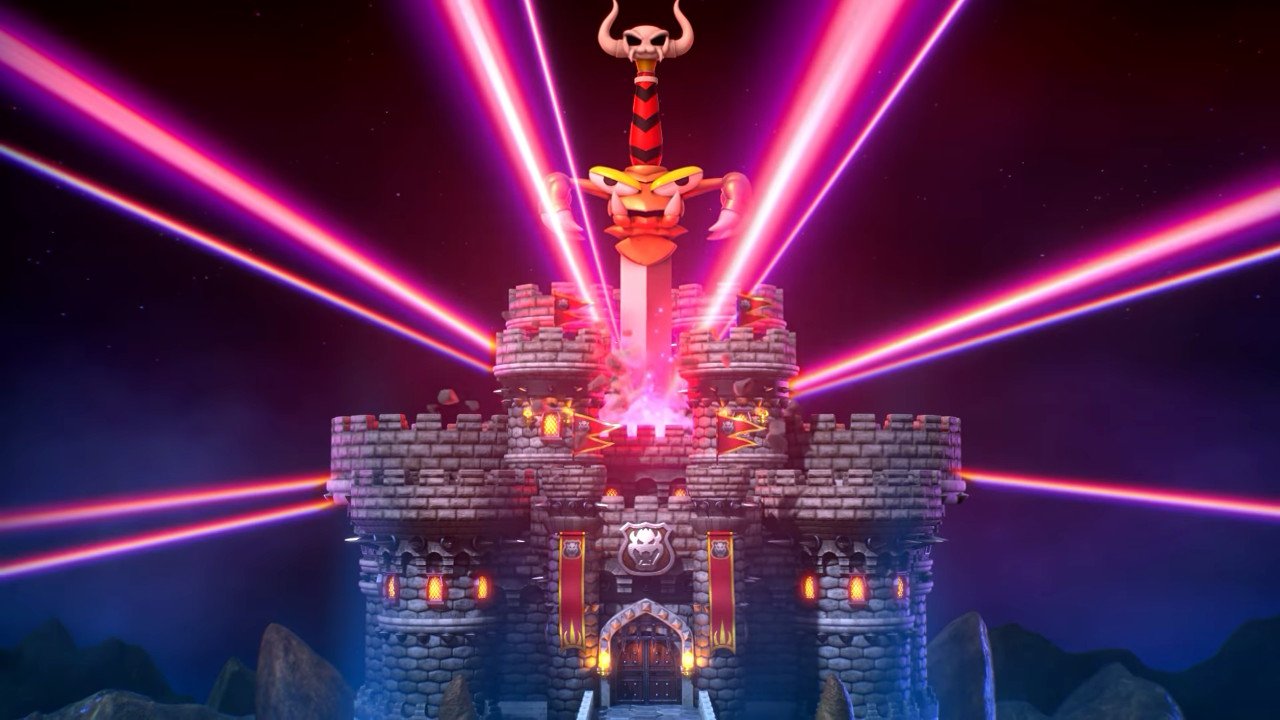
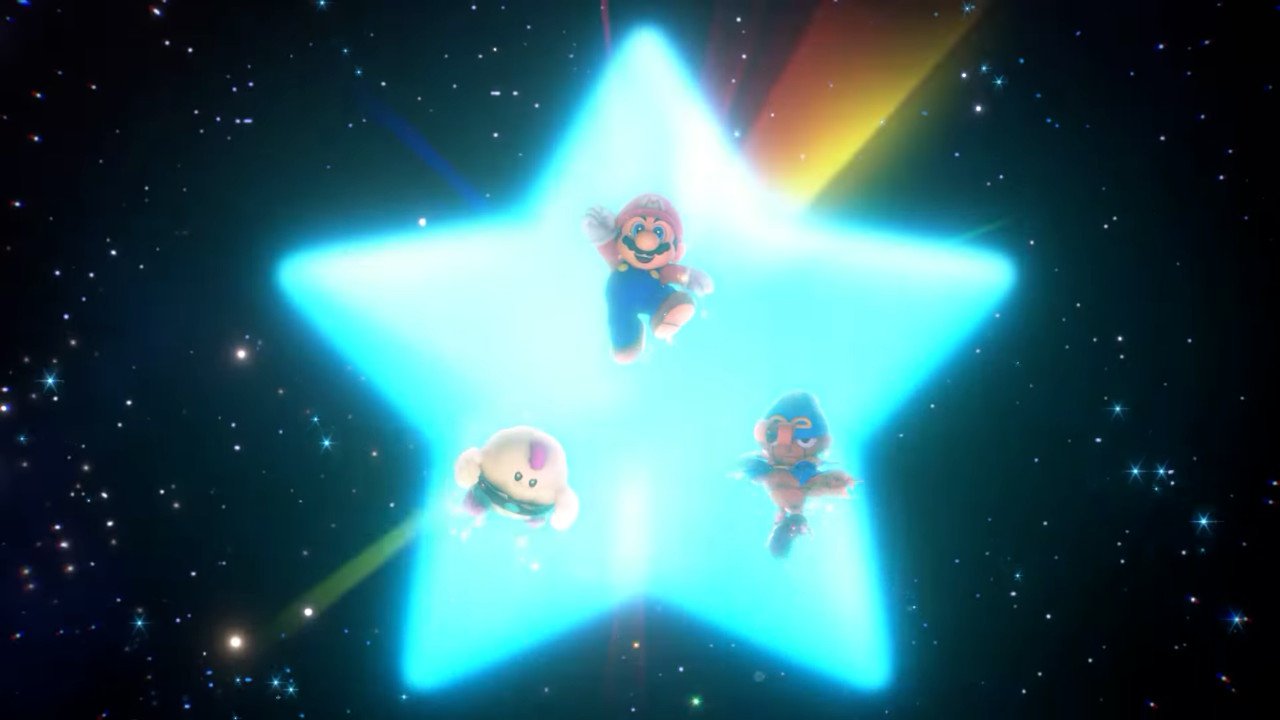


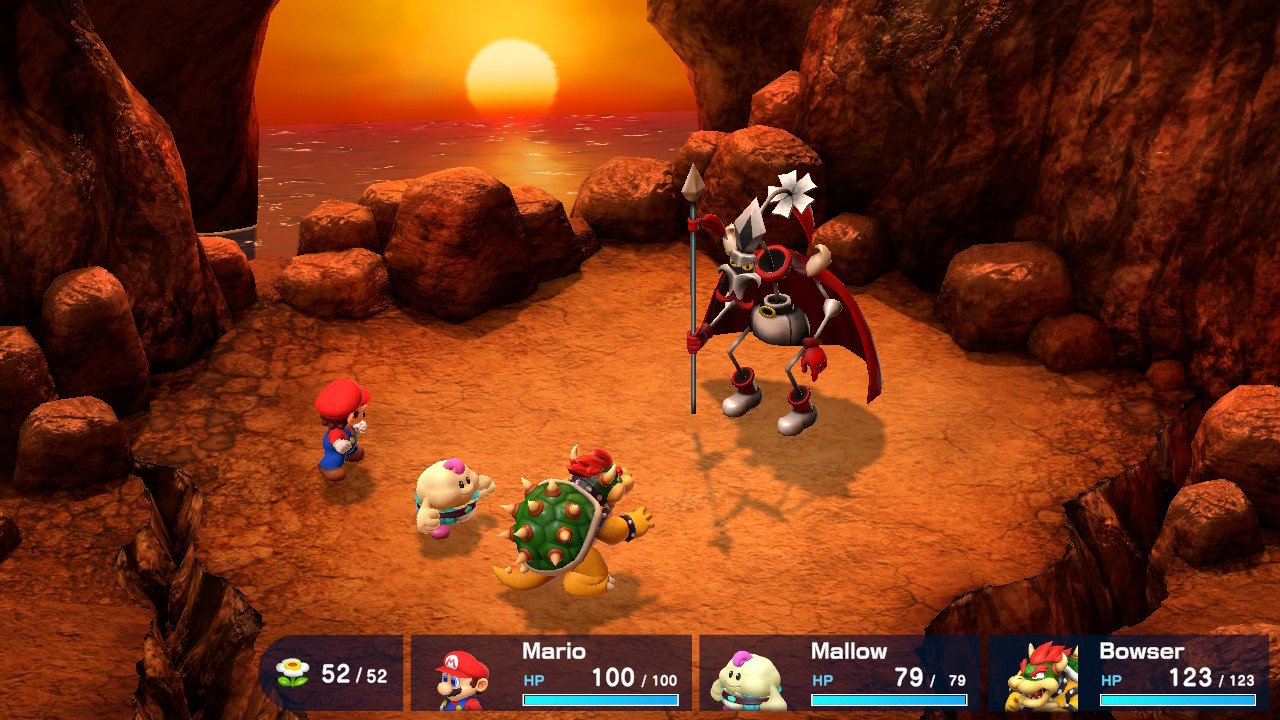





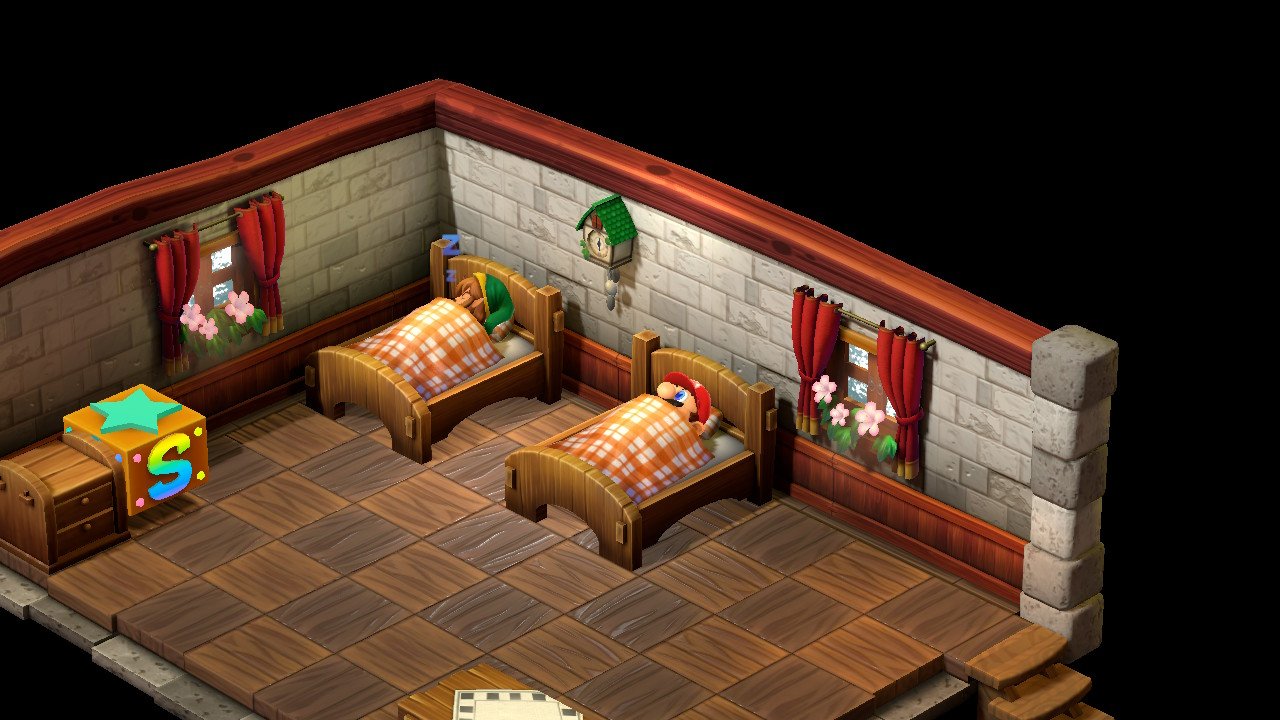
SCORES
GAMEPLAY - 9/10
VISUALS - 9/10
SOUND - 10/10
CONTROLS - 8/10
REPLAY VALUE - 8/10
OVERALL - 8.8/10
Learn more about Super Mario RPG on the official Nintendo listing. Screenshots were captured using the native features of the Nintendo Switch. A physical copy was purchased by the reviewer.
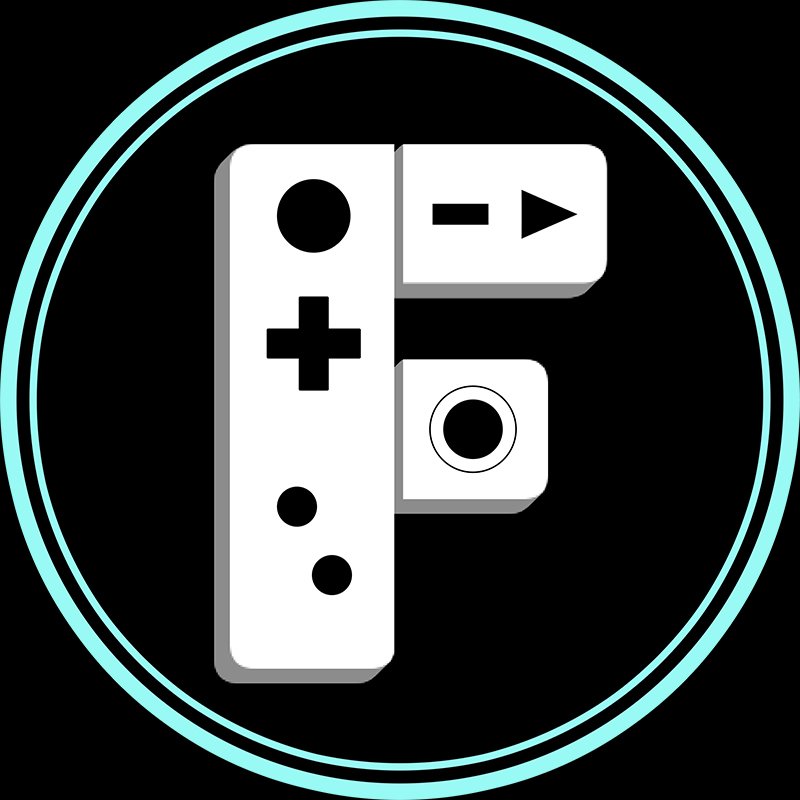

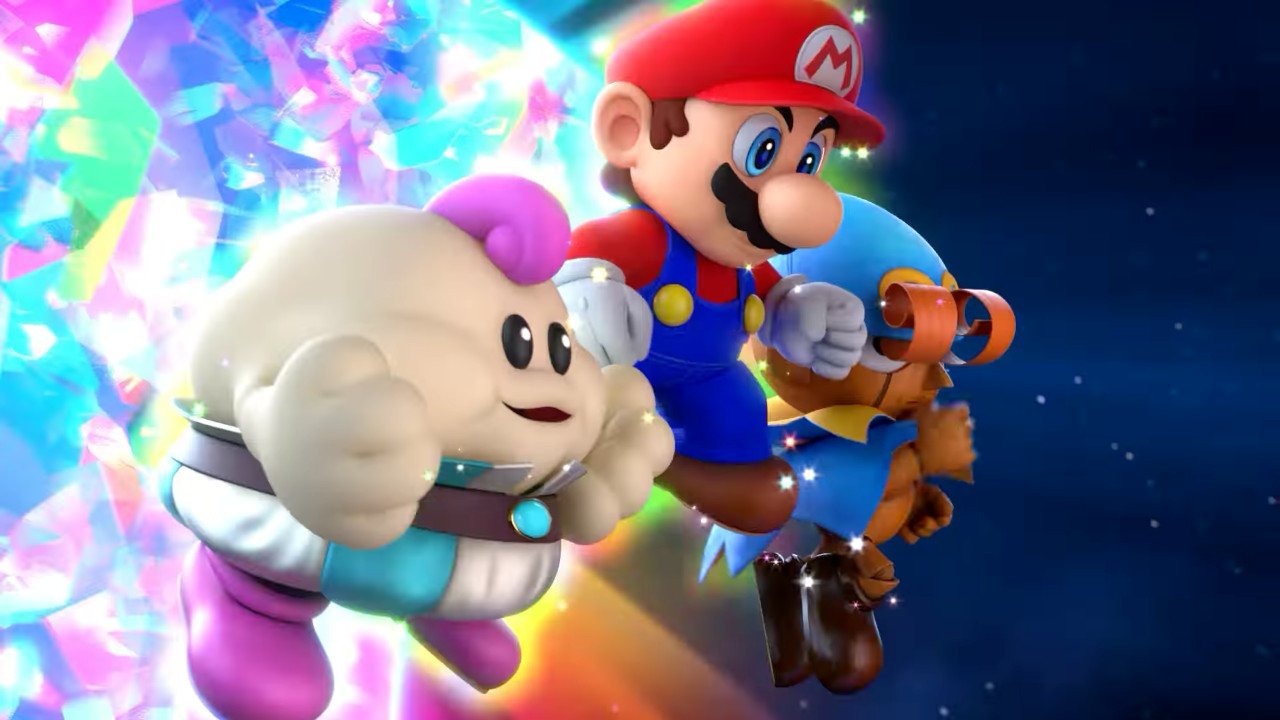
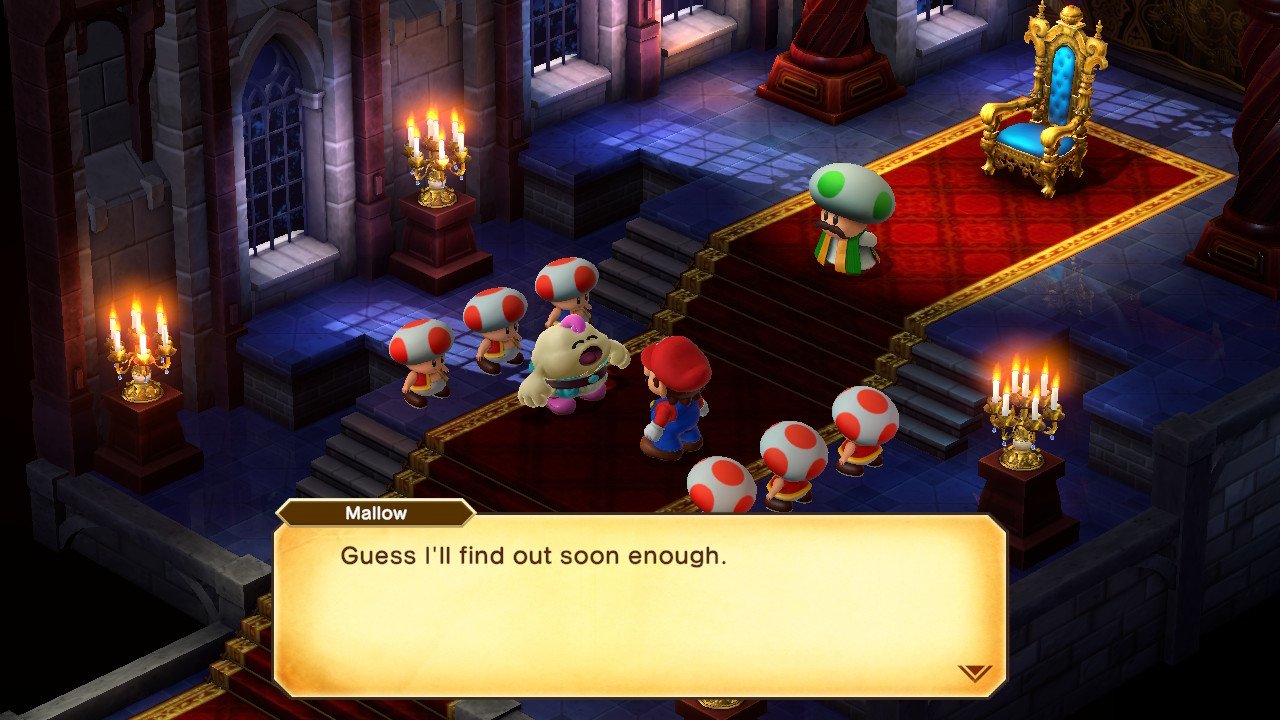

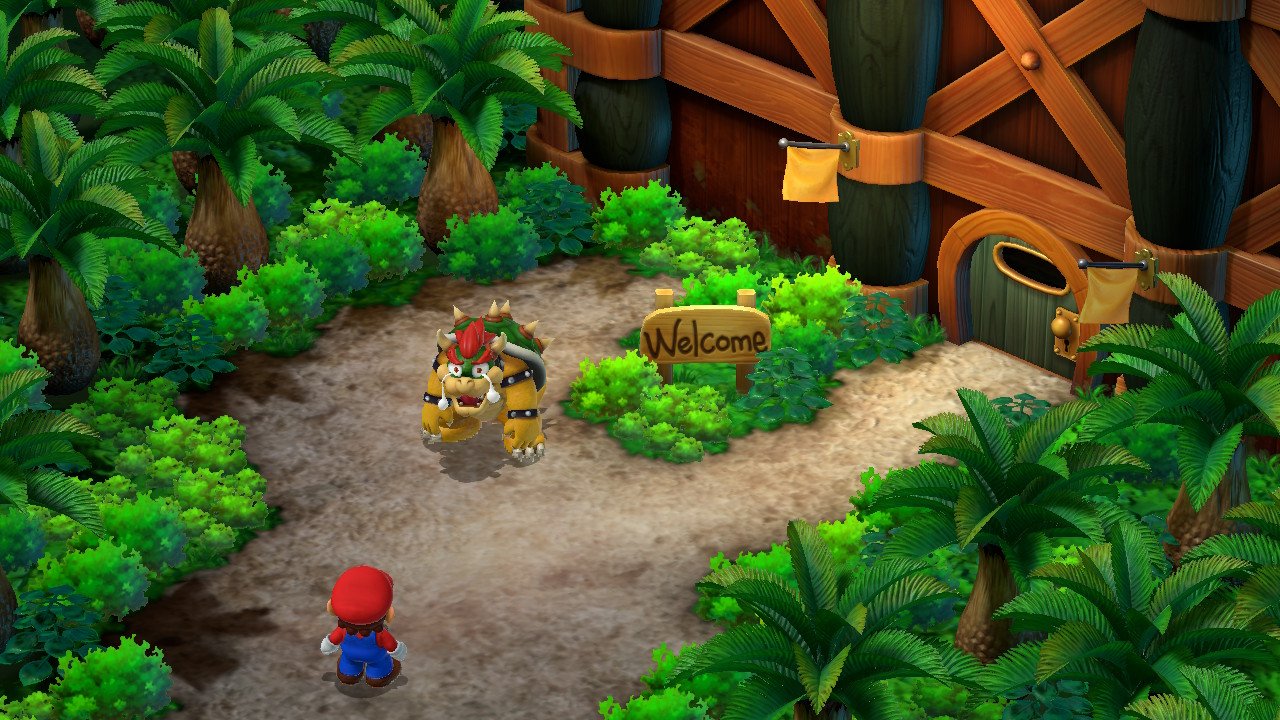



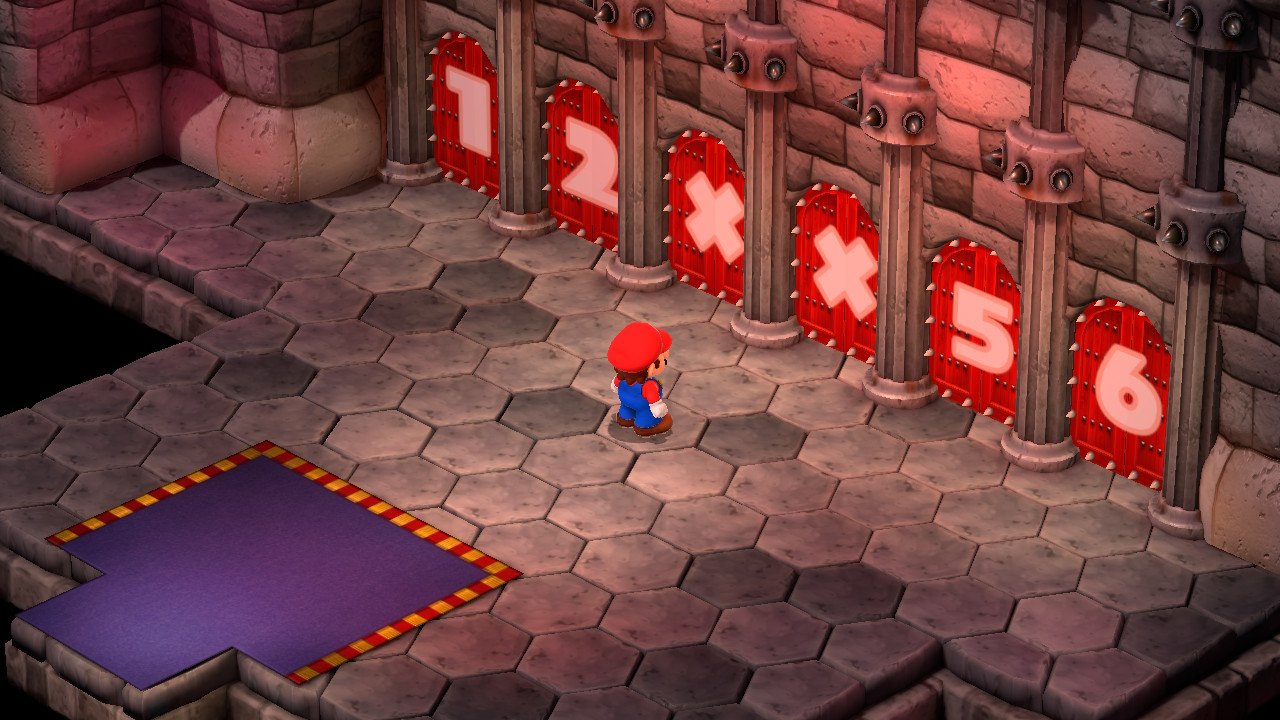

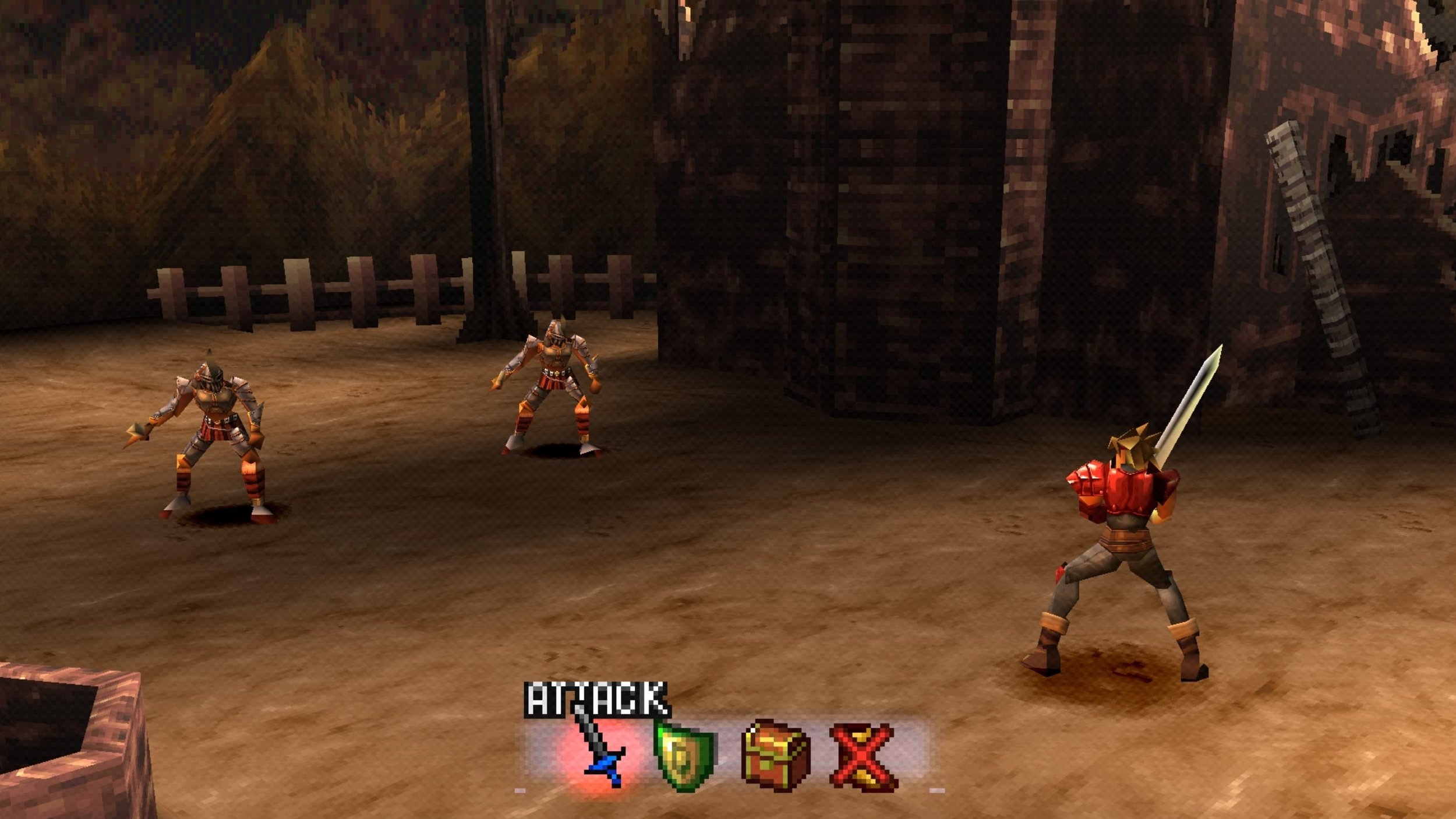

Sea of Stars, a retro RPG with modernized mechanics, takes players on a magical journey that’s as engrossing as it is nostalgic.